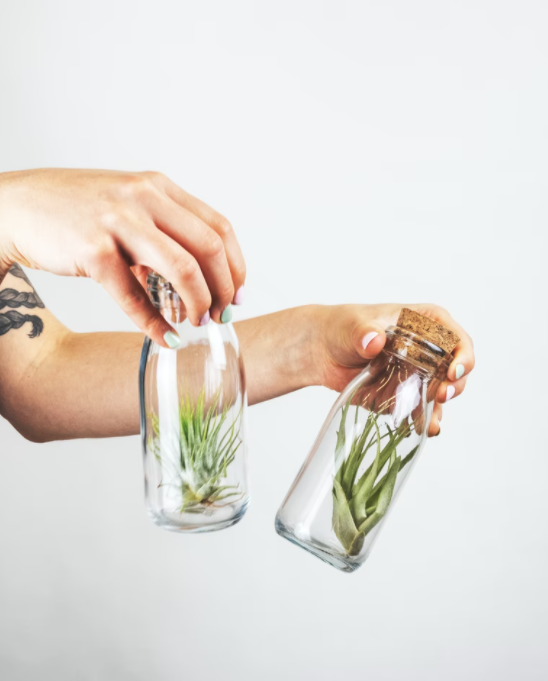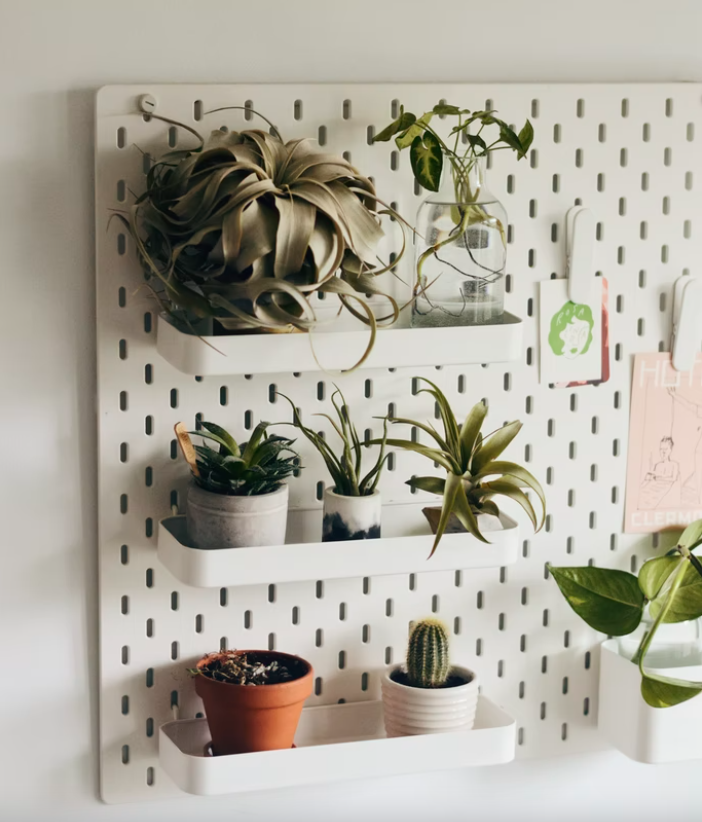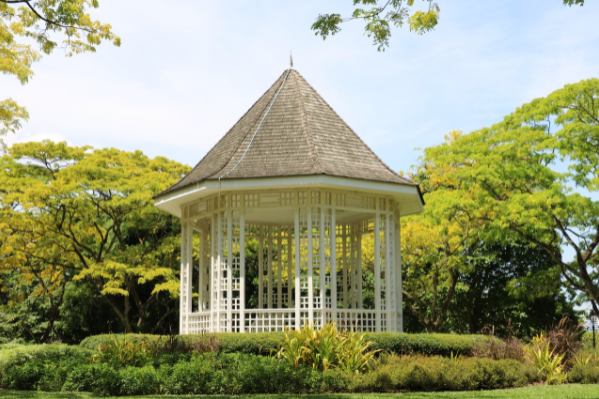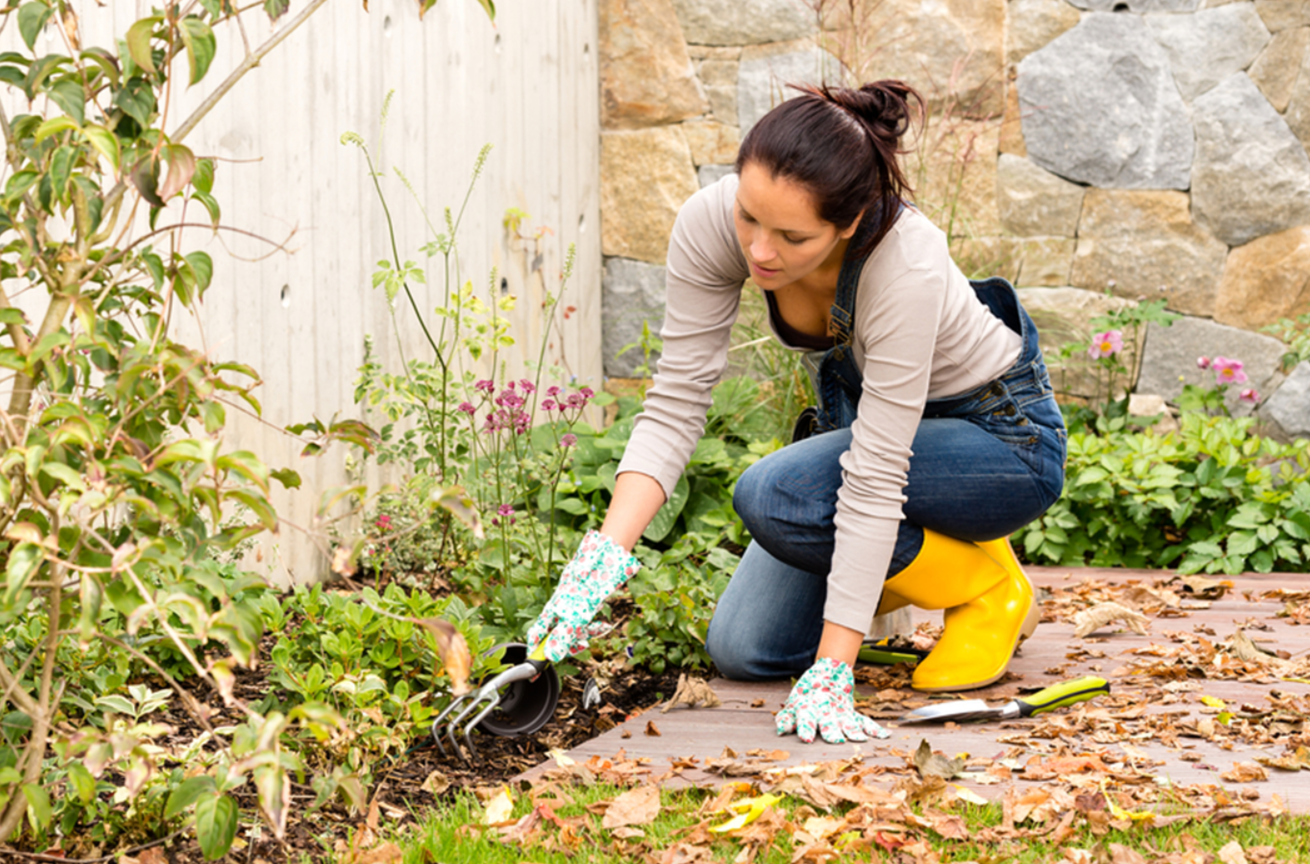Advice from a Plant Delivery Service Regarding Your Air Plants

Ever heard of Air Plants? If not, come with us and we will tell you all about them!
These alien-looking plant species are almost a weird concoction that not many know about. They don’t need soil, but rather grow in the air. Their leaves look like tentacles or octopus’ appendages but are very exotic to look at and possibly the easiest plants to grow in any environment.
They are one fascinating species, to say the least, and, in many countries, they have become the popular choice for those who want some green additions to their homes or offices but that have the least maintenance possible. Especially in the past year, these have been added to many environments and shops have been popping up everywhere selling them. You can no find them in grocery stores, nurseries, garden shops and can even be delivered to your door easily and efficiently without harming them.
Tillandsia
One of the more popular species are called the Tillandsia, and, if you order any air plant, the chances are that you will be presented with one of these. They absorb nutrients and water through scales present on their leaves. If you have ever been in the world or a forest you would most probably have seen them hanging off a tree trunk. Click here to find out more. A point o note is that as easy as they may be to care for, there is a possibility of them dying or withering away if you’re not careful. Sometimes their leaves can get parched and so caring for them is important. We look at a few ways you can care for these once they come home.
Caring for Air Plants
Dunking These Beauties
For the majority of the greens you have in and around your home or office, watering them once a week and spritzing them can be enough to keep them healthy and lush. However, with these guys, you don’t only need to spritz them but rather they need a bit of extra care. Dunking them is recommended. This requires you to fill a bucket or a tub full of luke water. Don’t use too cold water as plants don’t like that. You submerge them fully and let them sit there for a few hours. Some gardeners recommend leaving them in the water submerged overnight. Doing this once a week should be perfectly fine to keep them flourishing.
Air Drying Them
Once you follow the advice above and have taken them out of the water, let them air dry properly. You can shake off any excess water gently and put them in the sun or a bright spot near a window to dry by themselves, but make sure there is no strong draft to topple them over. If you leave them in a place that doesn’t allow them to dry properly, their leaves may rot or dry out completely leaving them brown. Having said that, keeping them in a bright, well-lit space is good for them. But make sure it is indirect light. Because they first originated from rainforests, if you imagine the conditions that make vegetation thrive in that environment, you can understand what it takes for them to thrive in a house or office.
They Get Hungry Too
Yes, plants need food too. These need food and fertilizer too. If you add liquid fertilizer to their water or plant food to the little bulb underneath their leave, they can continue to thrive for as long as their lifespan entails. However, it is important to keep in mind that just like any other vegetation, these too, can’t handle too much of a good thing i.e. too much food and fertilizer. Some plants come in glass bottles known as “terrariums2 and as beautiful as these can be, when it comes to caring for them properly, it is best not to keep them enclosed. If, however, you are looking to add some aesthetic appeal to them, you can choose a glass bowl that has a wide enough mouth so these little guys can breathe. A fishbowl would be the perfect thing for them.
Do not forget to let them dry completely before placing them inside the fishbowl. Sometimes when you order a Plantedpot delivery, you will find the companies have already placed them inside one of these so you don’t need to remove them until it’s time to dunk them in water. They will sometimes come with instructions on how to look after them, and if not, ask the company for some good tips to keep you (and the air plants) going.
Shade, Warmth or Light?
There are some species of these plants that can handle shade, so if you are in an environment that doesn’t have too much sun or bright light, you can opt to order either a T. lindenii or a T. cyanea both of which can handle some shaded areas and a less intense morning or afternoon sun.
As mentioned above, they originated from rainforest so some of these grow under a canopy of other trees and plants giving them shade. However, they do love a warm atmosphere, so although they should not be kept in direct sun, they should be kept in a warm room of no colder than 45 degrees. If it is colder investing in a humidifier or a heater is an option, otherwise, they will wither away and die.







